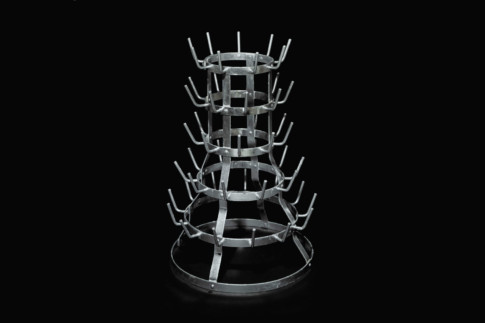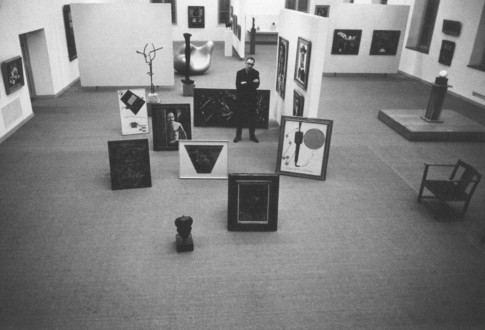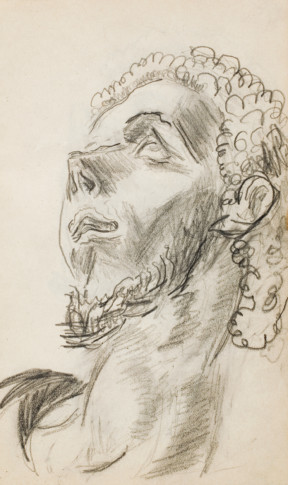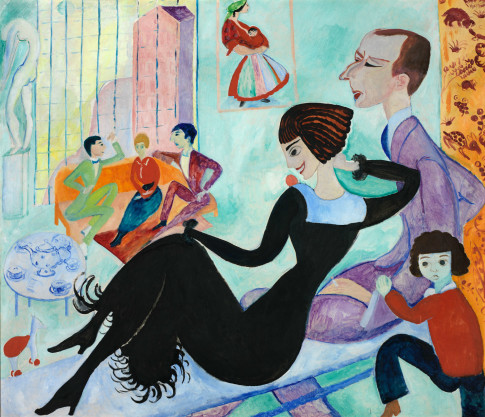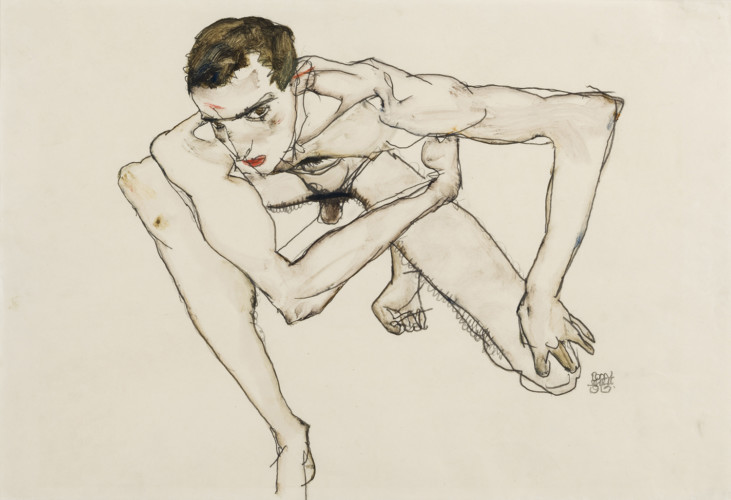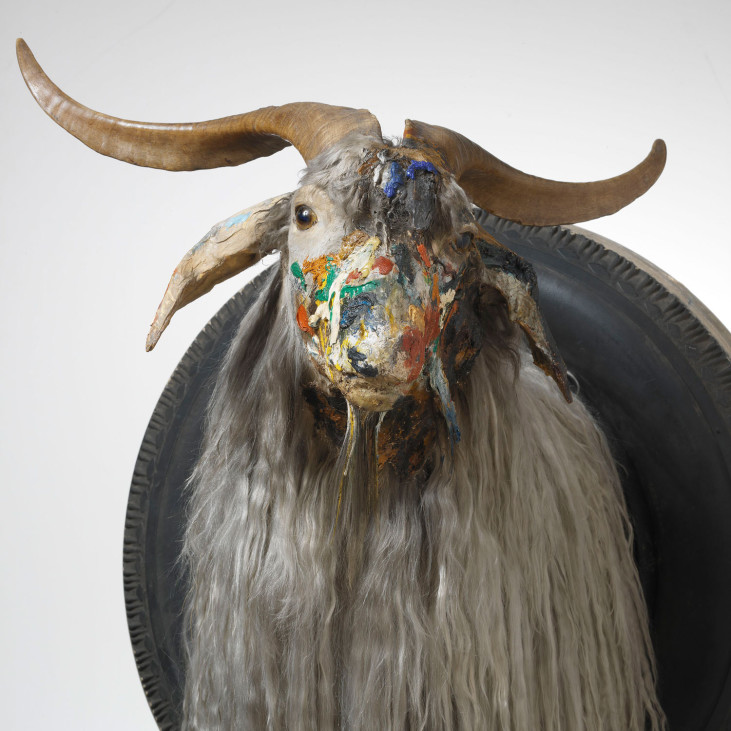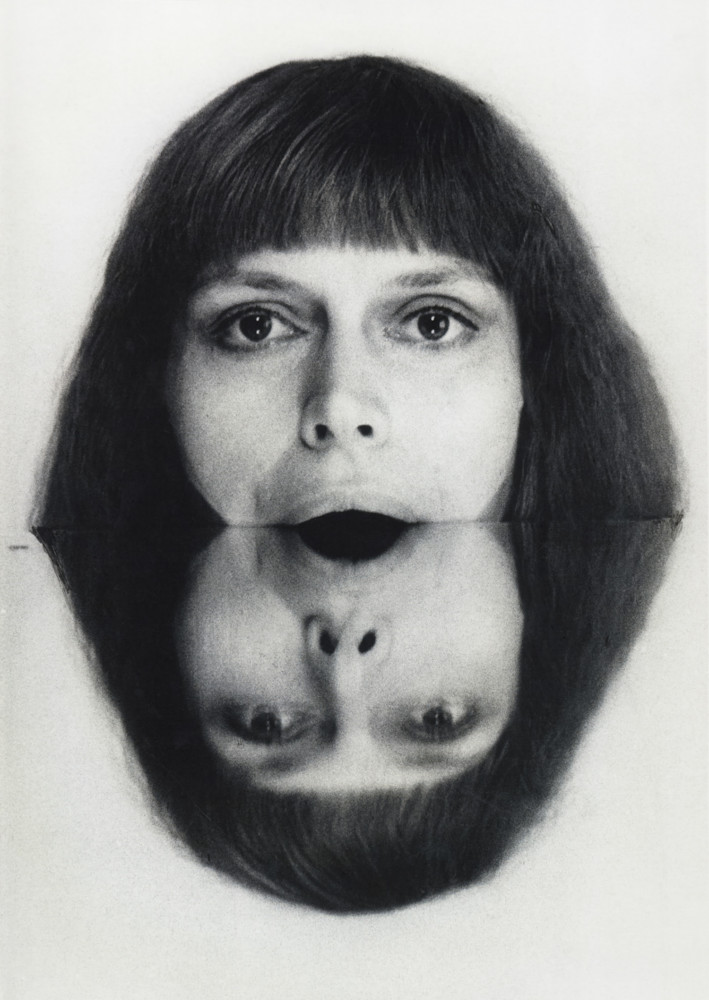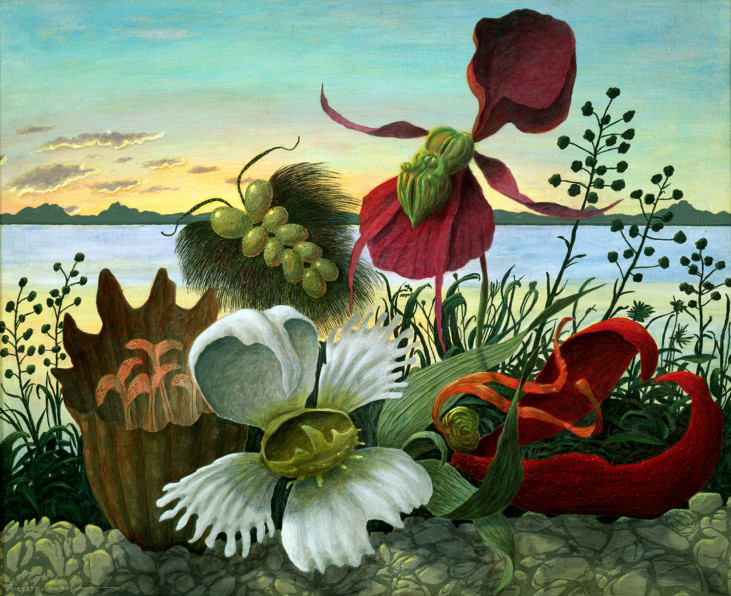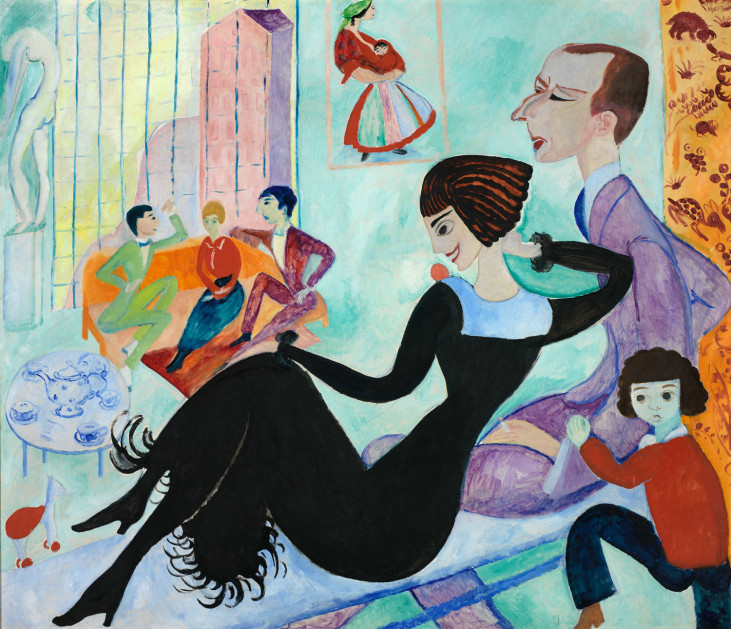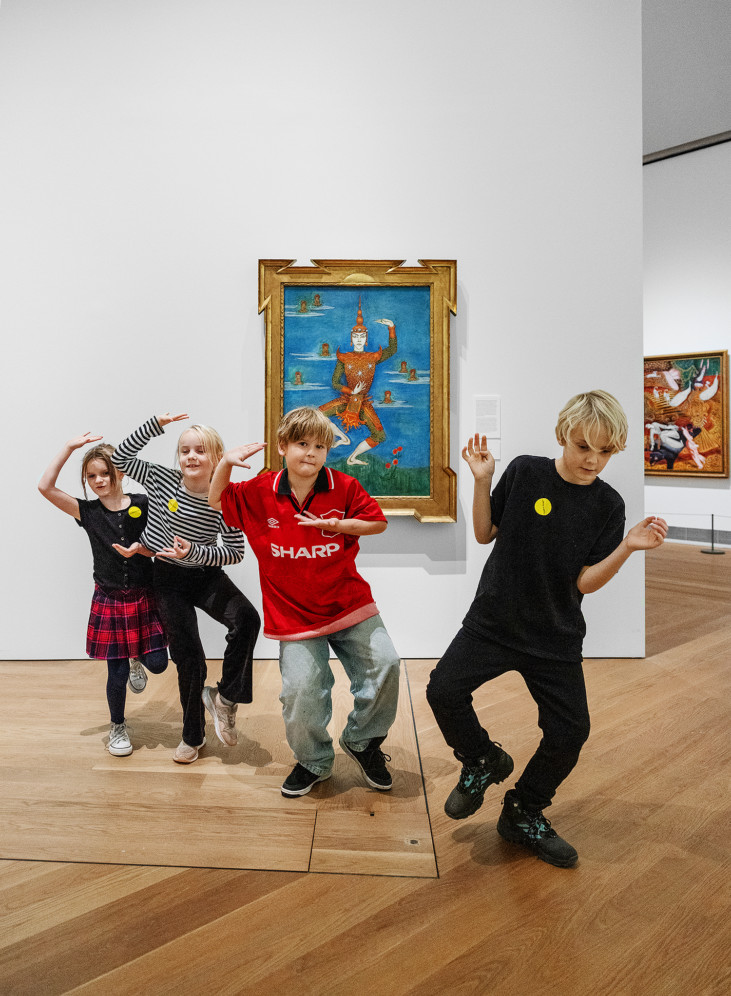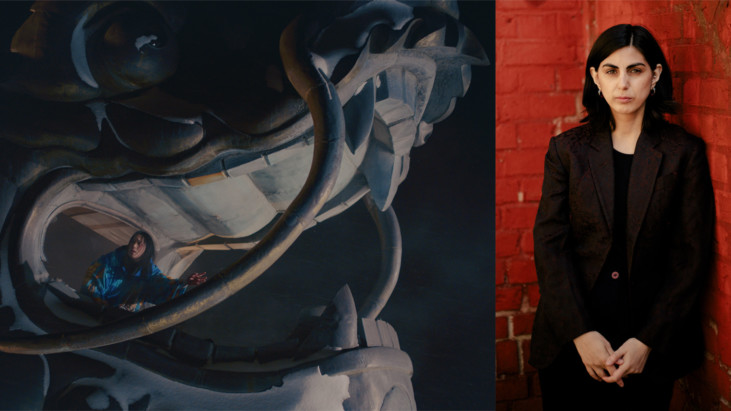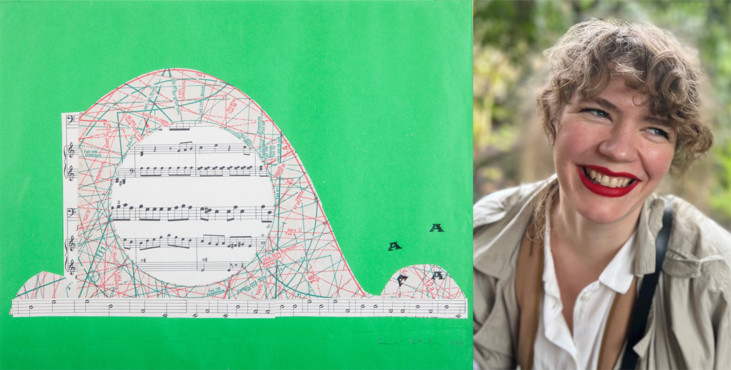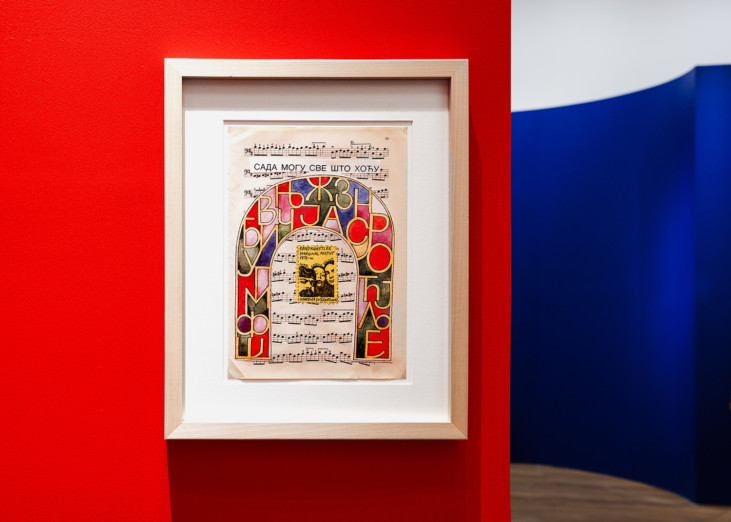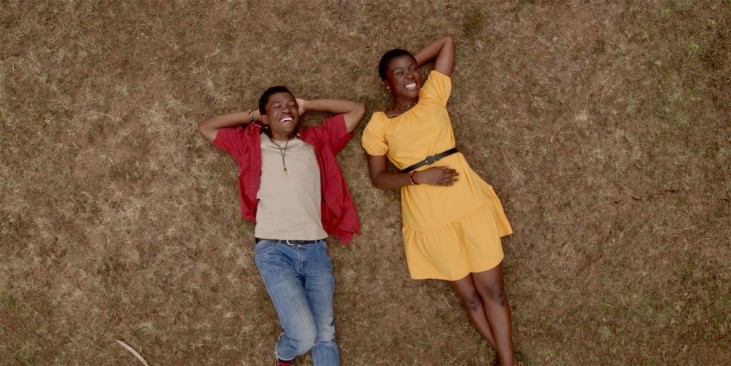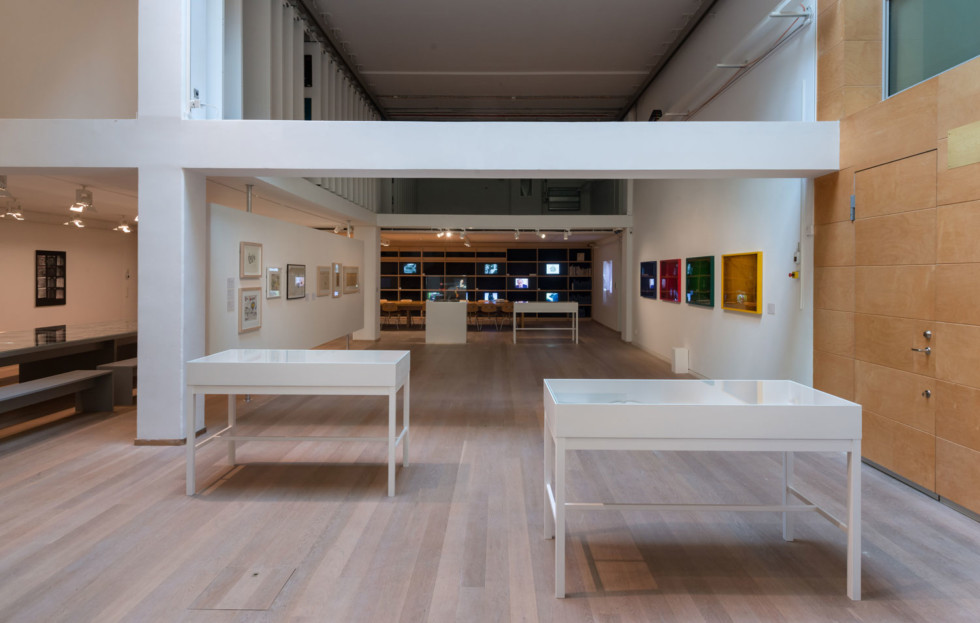
The Pontus Hultén Study Gallery, 2017 Photo: Åsa Lundén/Moderna Museet
Presentations in the Pontus Hultén Study Gallery
“Movement in Art” (1961), “SHE – A Cathedral” (1966) and “Andy Warhol” (1968) have come to epitomise what has been described as the Museum’s dynamic, progressive and international 1960s. “Ararat” (1976) was a creative collaboration between artists, architects, technicians, craftspersons and humanities scholars, and “Vanishing Points” (1984) and “Implosion” (1987) were seen as contributions to the theoretical discussion of art. The archive material adds complexity to the picture, and further in-depth studies can clearly broaden our understanding of these exhibitions and the periods in which they appeared.
Read more about a few of the exhibitions studied in the research project “Pontus Hultén and Moderna Museet – Research and Learning Based on an Art Collection, an Archive and a Library”.
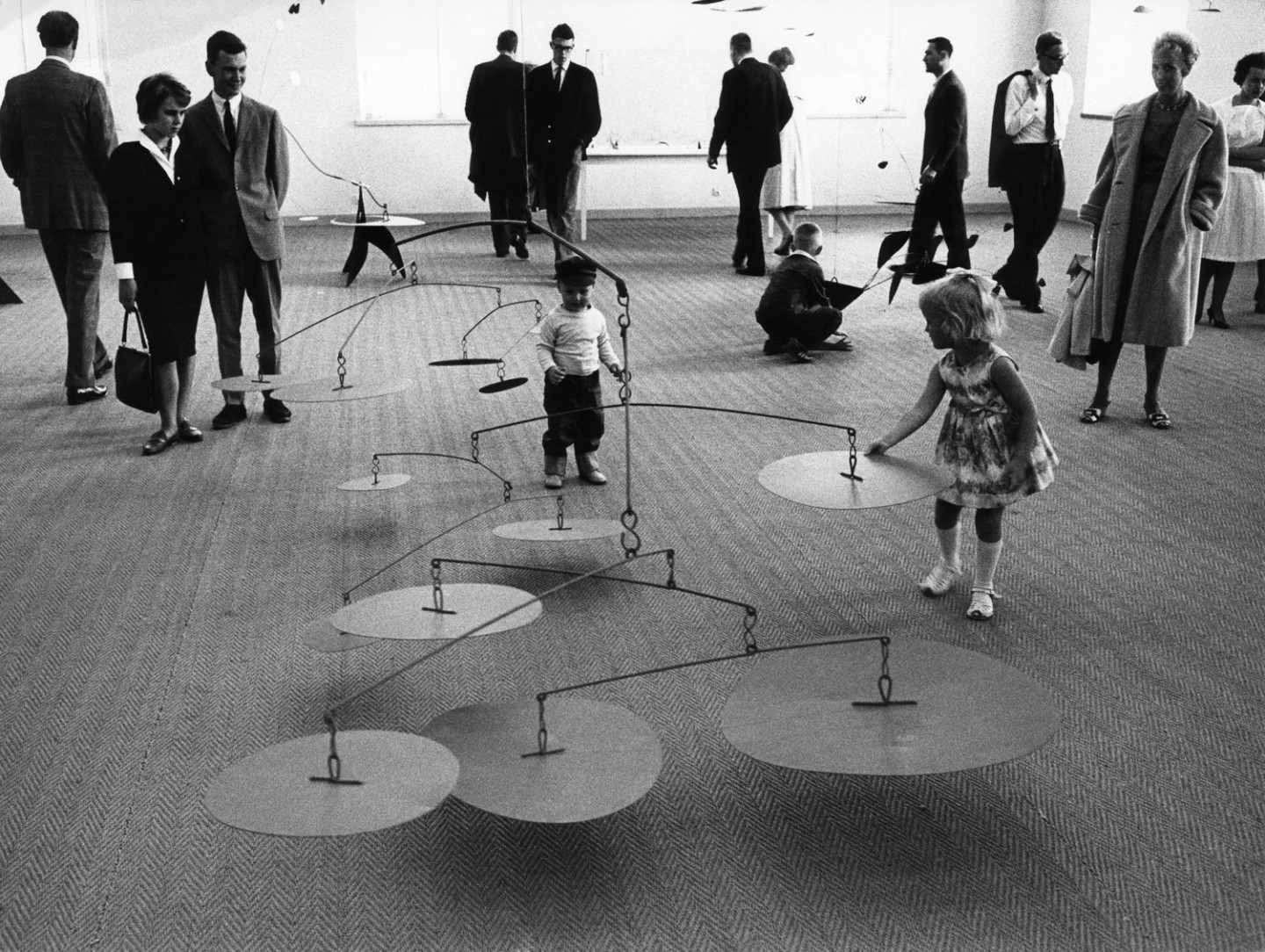
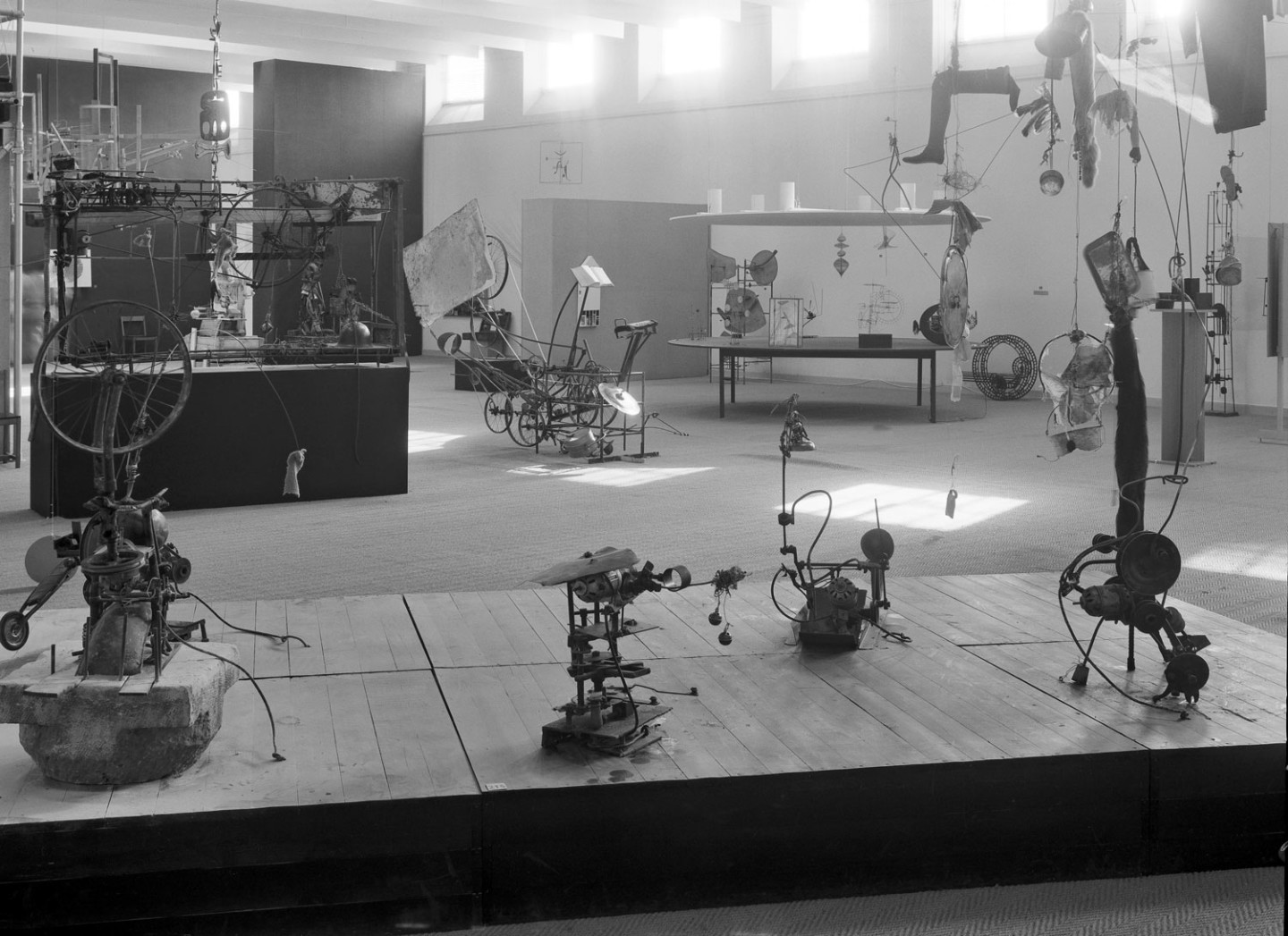
Movement in Art
16 May–10 September 1961
“Movement in Art” was the first major exhibition Pontus Hultén curated at Moderna Museet. Featuring 233 works by 85 artists, the exhibition spanned a wide field, Hultén had been focusing on the theme of movement for some time. In several smaller gallery shows in Stockholm and Paris in the 1950s, he and colleagues such as Oscar Reutersvärd and Hans Nordenström had explored mobile art.
His notes, which are preserved in the archive, reveal Hulténs search for a feasible definition of the concept of movement, and his interpretation of all 20th century art as stemming from a desire for movement.
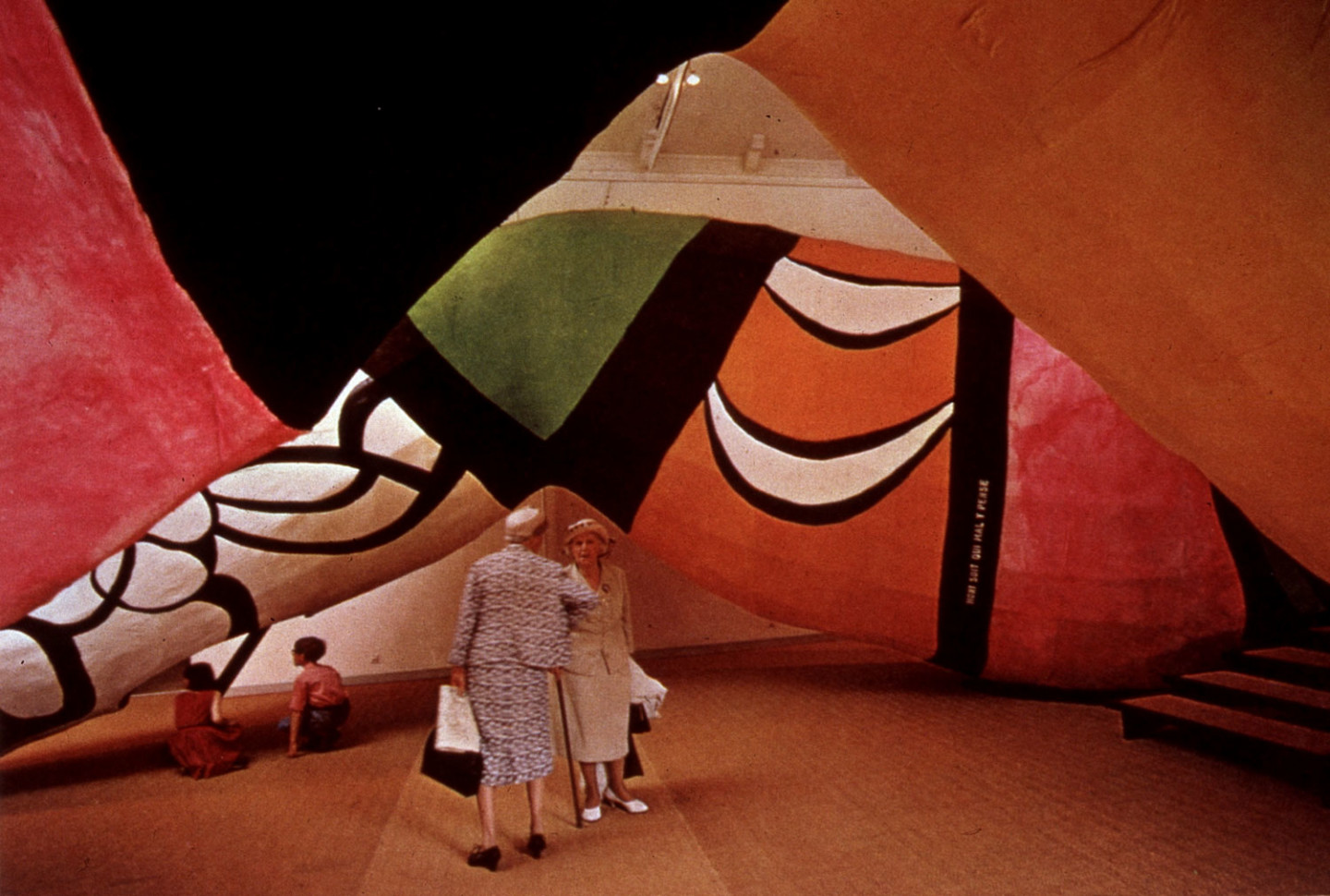
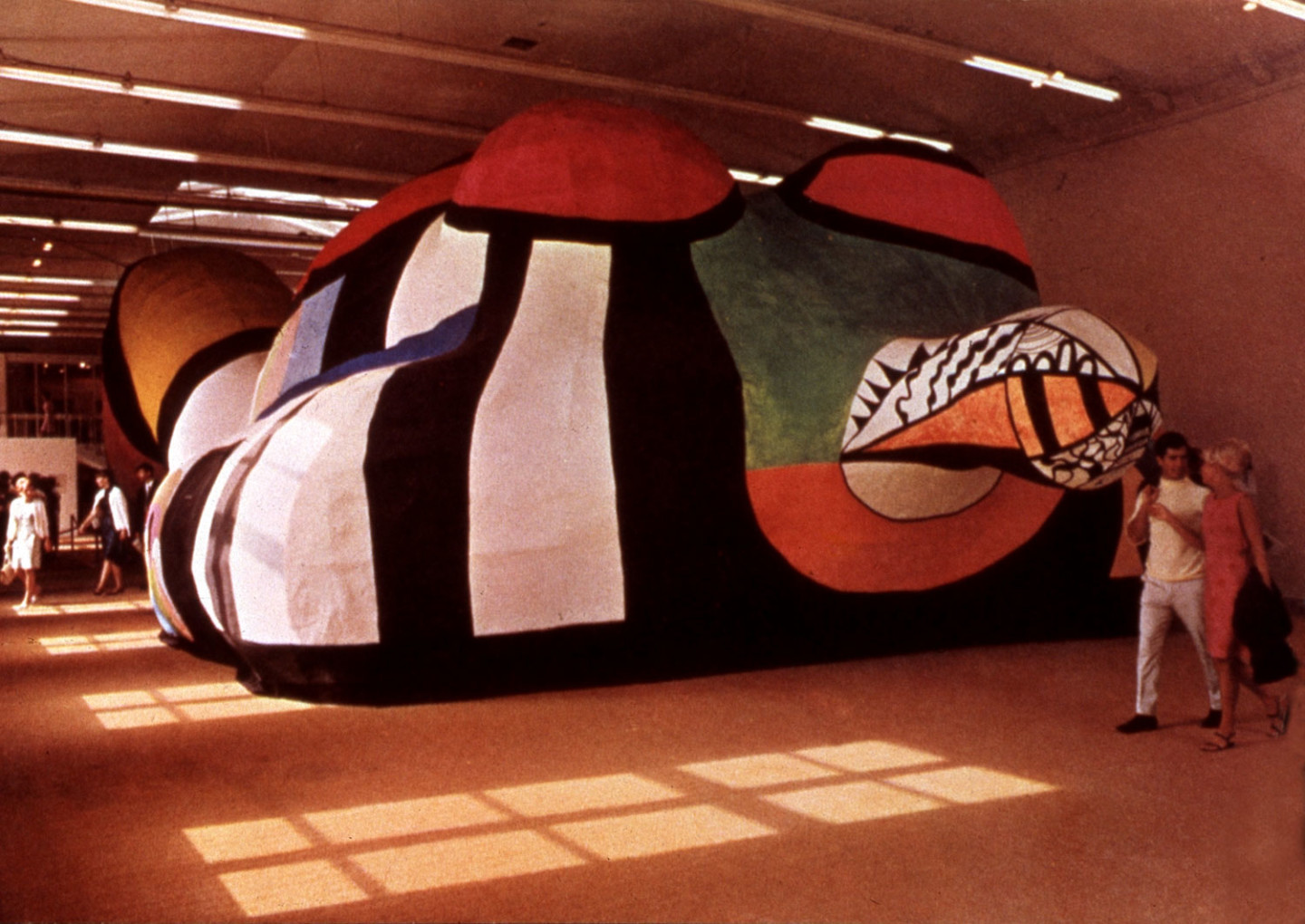
She – A Cathedral
4 June–4 September 1966
“She – A Cathedral” was the result of a collaboration between the artists Niki de Saint Phalle, Jean Tinguely and P.O. Ultvedt. The idea of creating a large-scale collaborative work was not new.
Already in 1958, Pontus Hultén, Hans Nordenström, Tinguely and Ultvedt had engaged in a similar project for Liljevalchs konsthall, under the working title of “Total konst” (Total Art). “She” is referred to as “The Labyrinth” and “Dylaby II” in the preparatory correspondence, indicating that the exhibition was envisioned as a sequel to “Dynamisch Labyrint”, shown at the Stedelijk Museum in Amsterdam in 1962.
Following an article in American Time Magazine, “She” began to attract attention from international media.
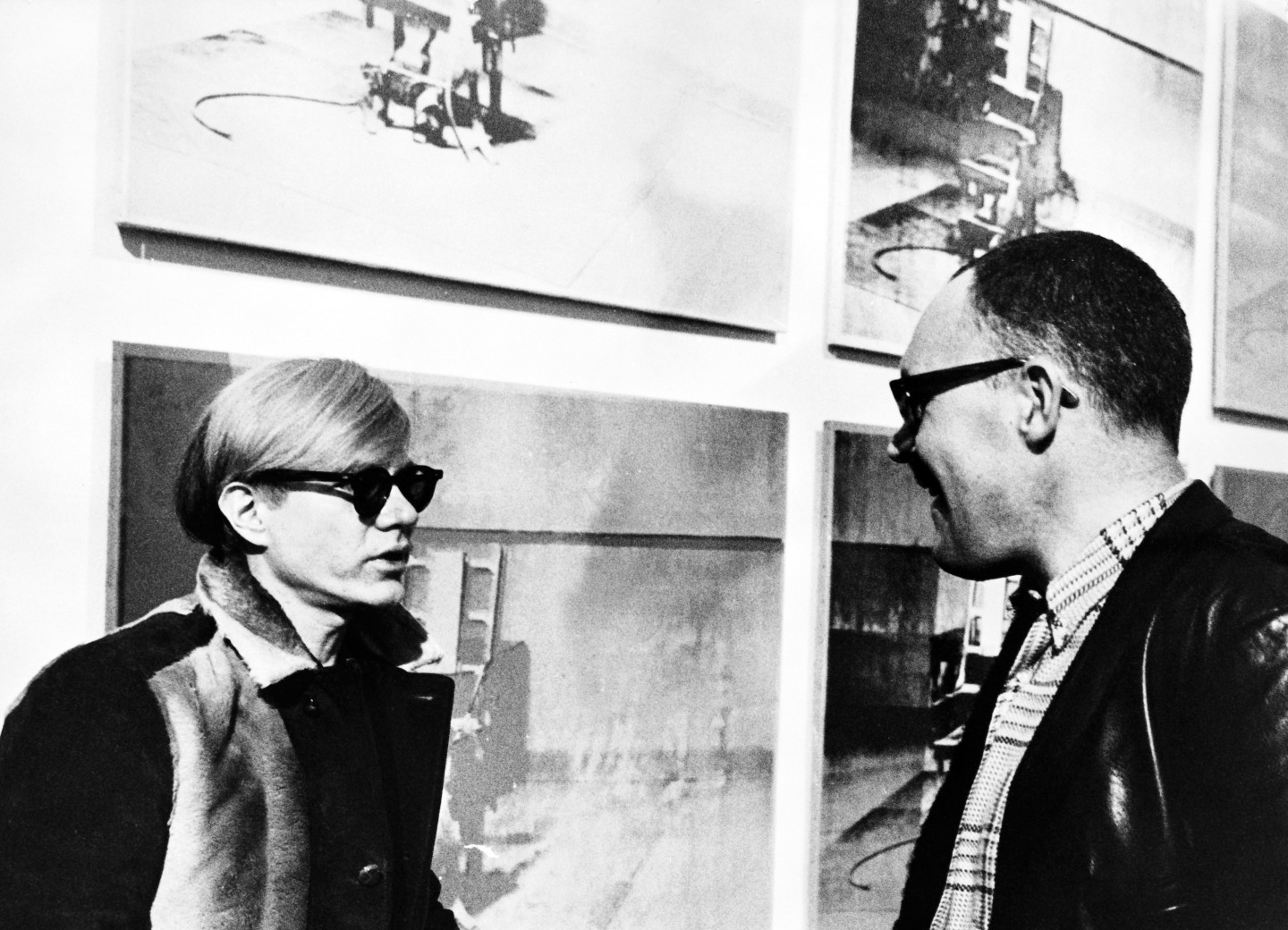
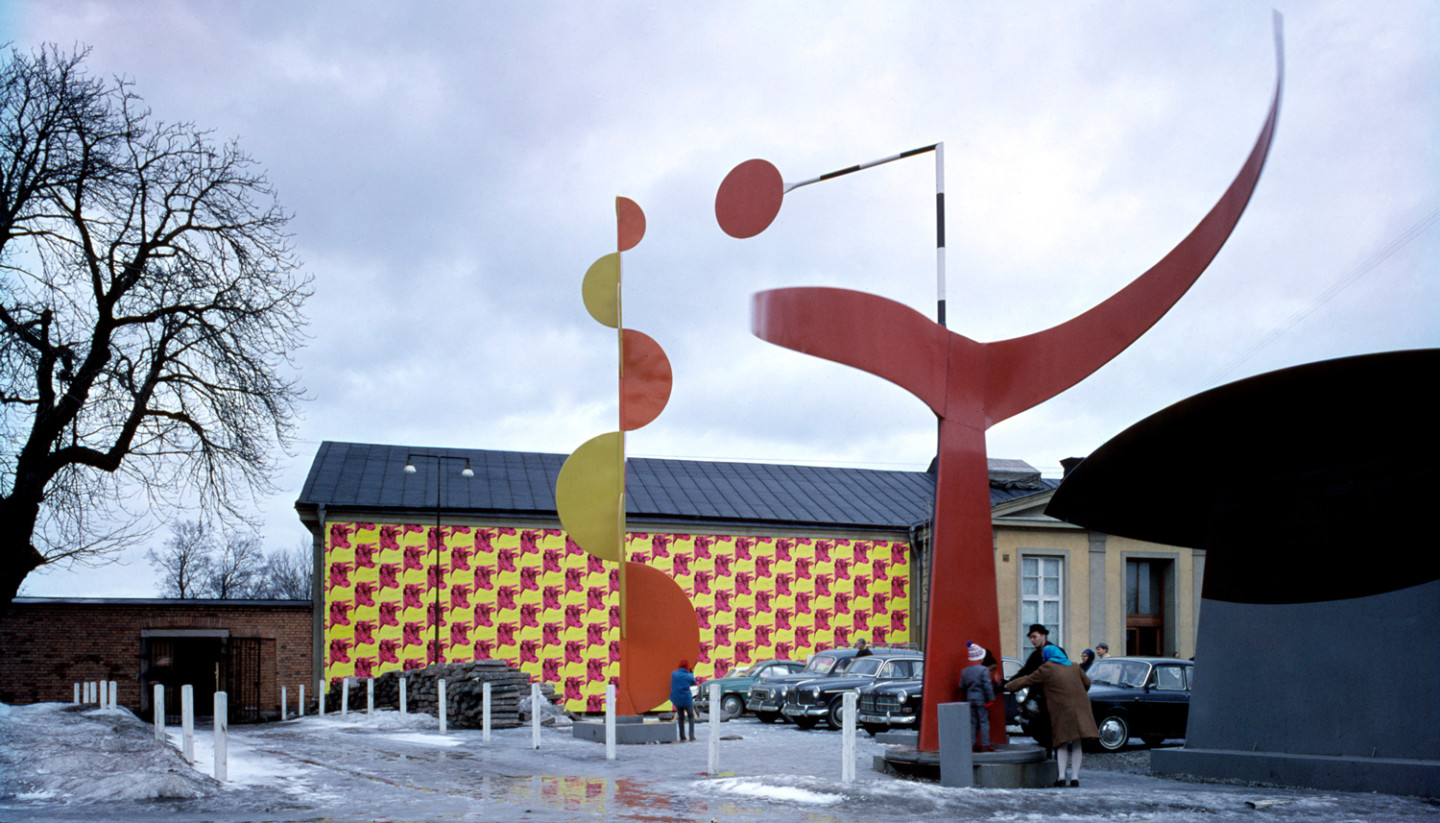
Andy Warhol
10 February–17 March, 1968
An exhibition that is often mentioned in presentations of Moderna Museet and its history is “Andy Warhol” in 1968, the year of revolt – and also the artist’s first retrospective in Europe. It is still remembered today by many for its innovative catalogue and the seven terse posters with powerful statements and short quotations by Andy Warhol.
The exhibition team included Pontus Hultén and his two assistants, Olle Granath at the Museum in Stockholm, and Kasper König who lived in New York at the time. A few different themes appear in the archive material. Financing was a constant worry for the Museum, and there are numerous letters from Hultén and his colleagues asking for financial support. Another theme is the film “Chelsea Girls” (1966), which was featured in the exhibition and has been in the Moderna Museet collection since 1968.
There is also a large number of letters from and to the gallery owner Leo Castelli, and from other museums that wanted to show the exhibition.
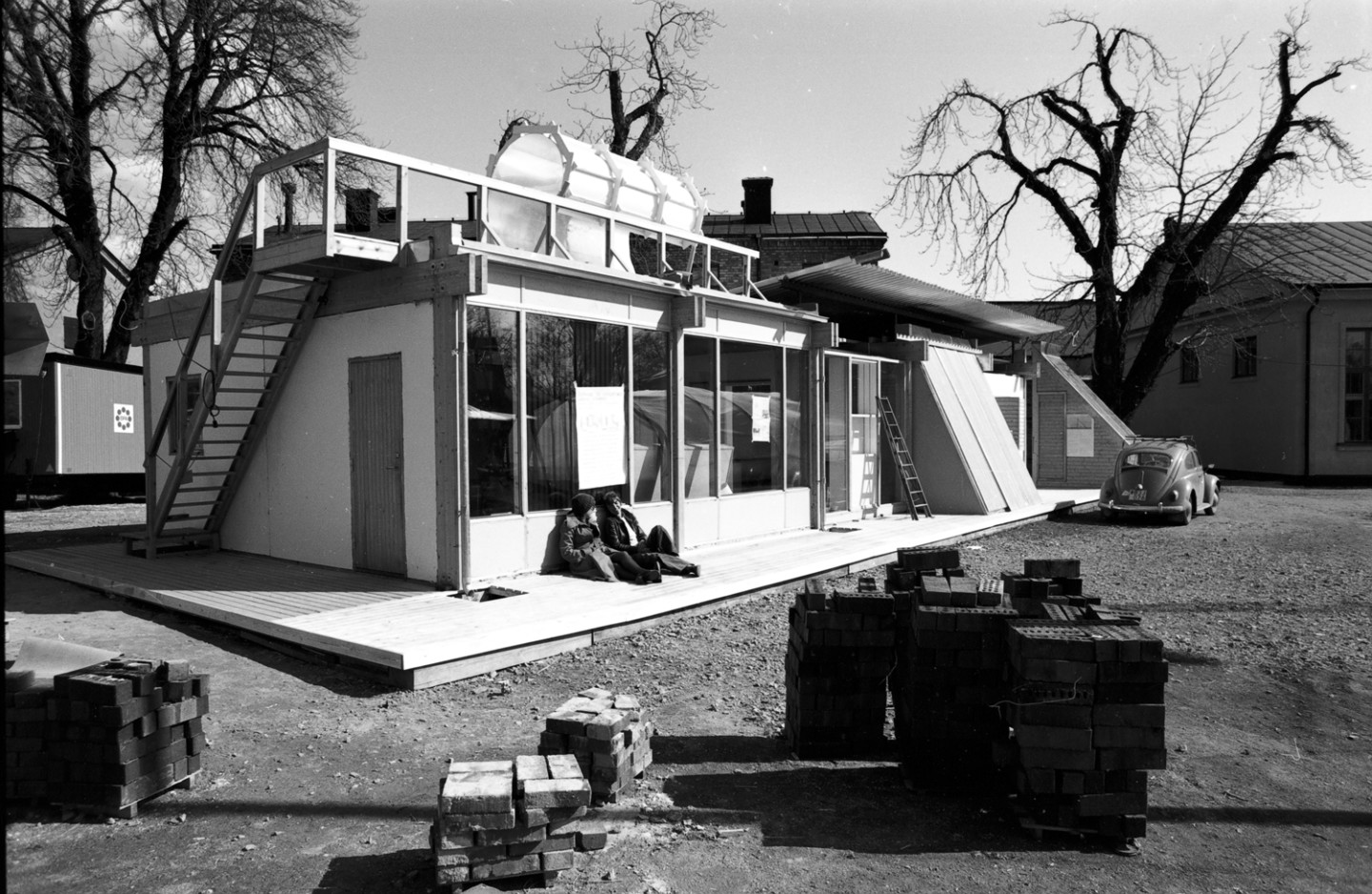
Ararat – Alternative research in architecture, resources, art and technology
2 April – 25 July, 1976
The exhibition “Ararat” – an acronym for “Alternative Research in Architecture, Resources, Art and Technology” – was a collaboration between artists, architects, engineers, craftspeople and humanities scholars. The original core group included Kerstin Abram-Nilsson, Valdemar Axelsson, Lars Englund, Bo Hall, Sivert Lindblom, Lennart Mörk, Hans Nordenström and Monica Nordenström.
The concept for “Ararat” was drafted in September 1972 and the exhibition was implemented by Moderna Museet providing the Ararat group with the necessary facilities and resources. The Museum’s director at the time Philip von Schantz, appointed Björn Springfeldt as curator for the exhibition, and Per Stolpe coordinated seminars, events and publication.
The exhibition concerned the future, and envisioned a society in harmony with the environment that fulfilled its energy needs in natural ways. It aimed to empower and inspire active involvement, and increased awareness through audience participation. The archives include a comprehensive outline, a diary for each and every exhibition day, and material on the presentation of the project at the Venice Biennale in 1976.
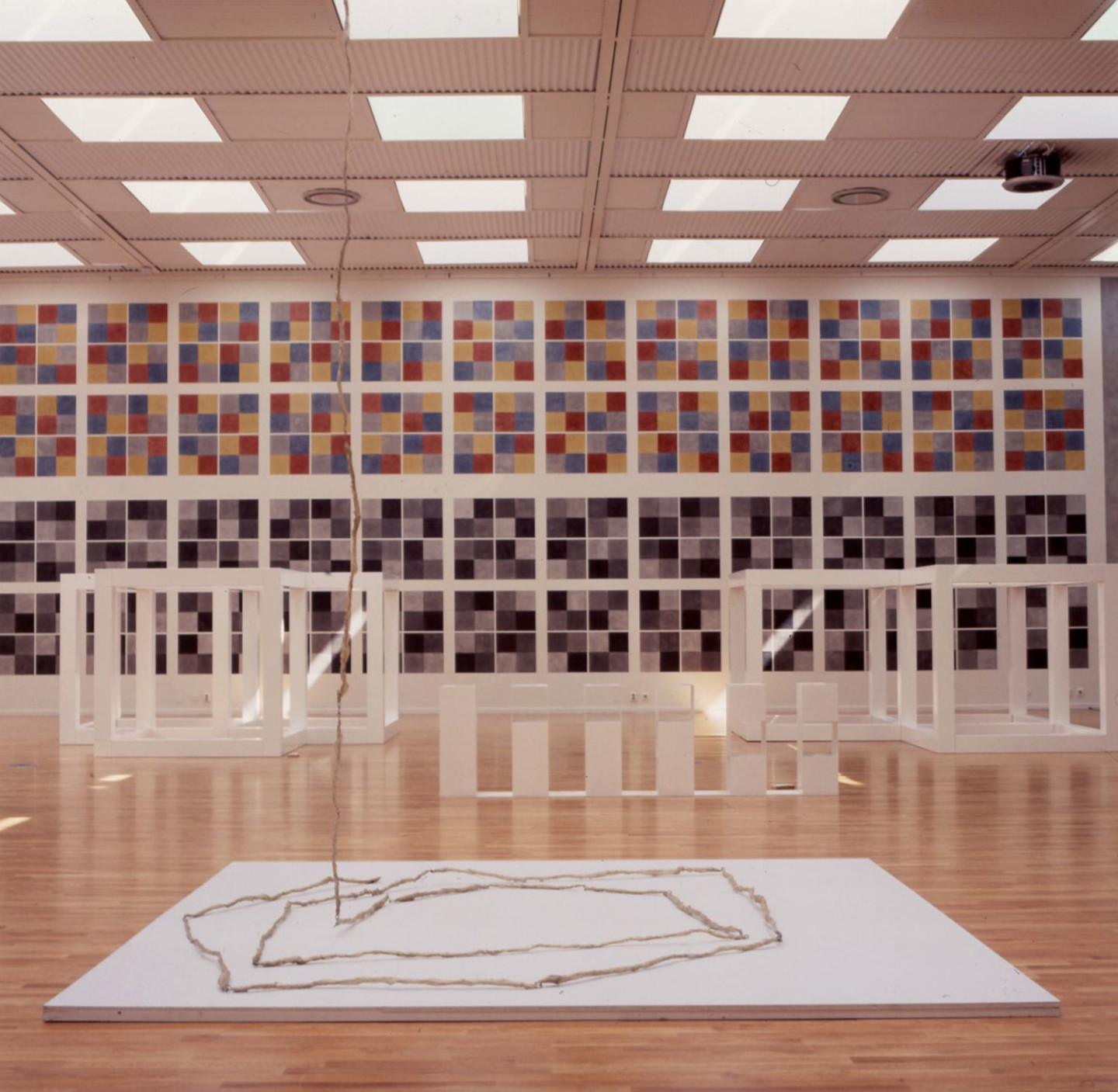
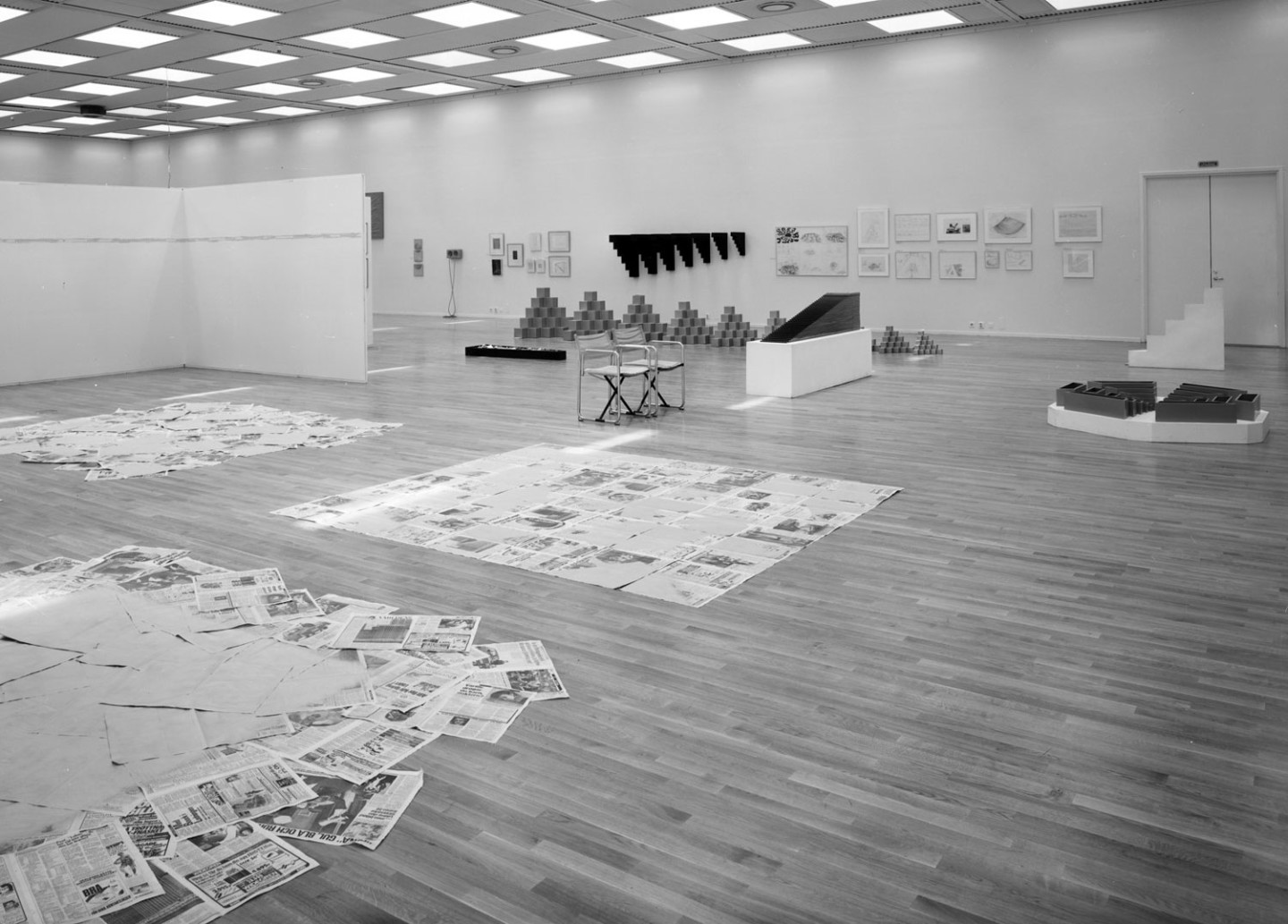
Vanishing Points
4 April–27 May 1984
“Vanishing Points” was produced by Moderna Museet director Olle Granath explicitly to compensate for the Museum’s previous lack of focus on minimalism and conceptual art in its exhibition activities. He visited Sol LeWitt’s retrospective exhibition at MoMA in New York in spring 1978, and had also read Lucy Lippard’s biography of Eva Hesse, which had been published two years earlier.
This was the starting point for a show that highlighted the discussions between seven artists and friends, all working in New York between 1965 and 1970; Mel Bochner, Tom Doyle, Dan Graham, Eva Hesse, Sol LeWitt, Robert Smithson and Ruth Vollmer. Dan Graham’s “Pavilion Sculpture II” was produced for “Vanishing Points” and is now on display to the left of the Museum’s main entrance.
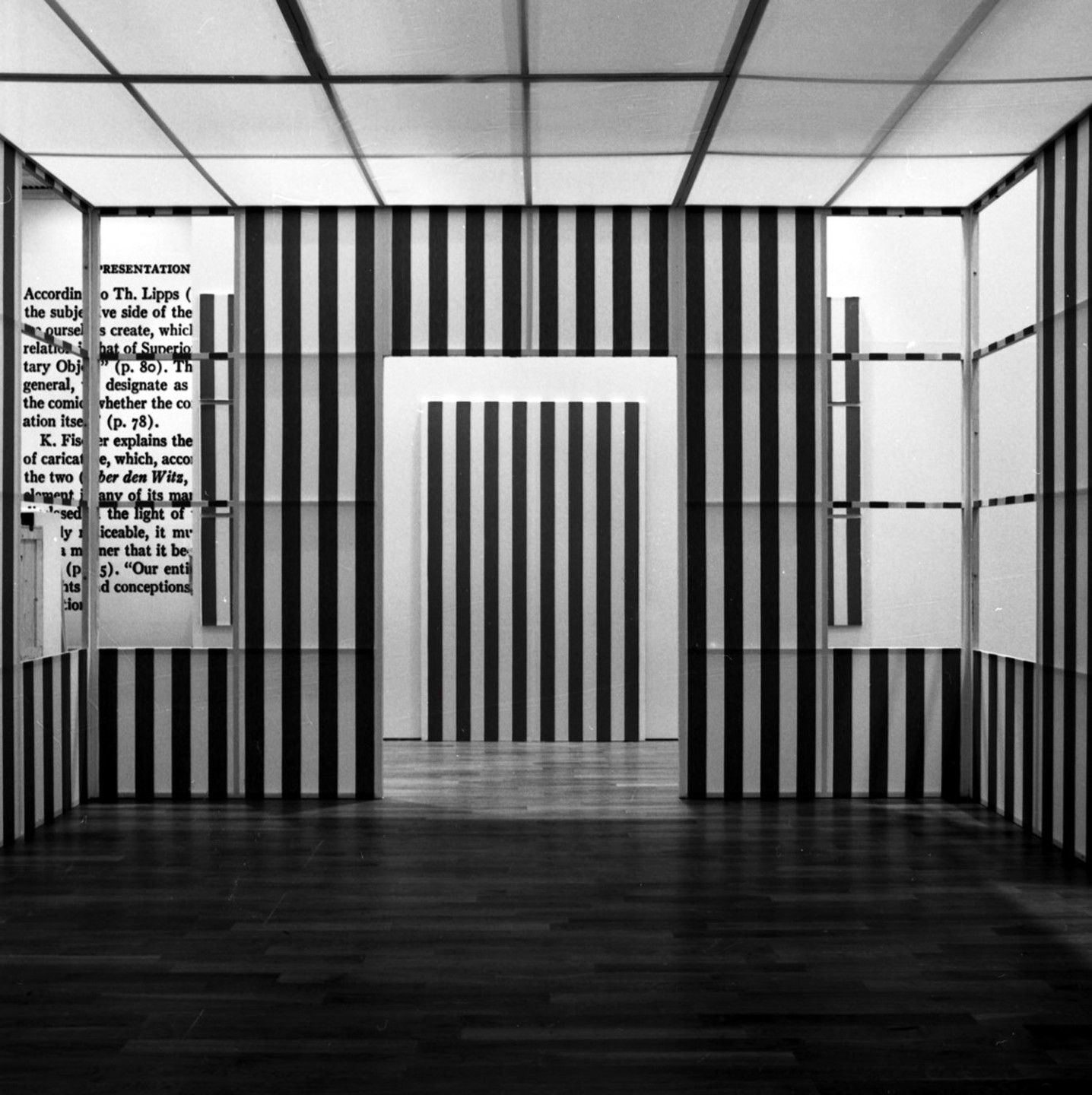
Implosion
24 October 1987–10 January 1988
“Implosion – a Postmodern Perspective” introduced the Swedish public to postmodern art. The curator Lars Nittve’s ambition was to regenerate the Museum’s coverage of contemporary art, and most of the exhibition space was filled with young, American artists. This show was pivotal to photography-based art and video art, and featured artists such as Cindy Sherman, Laurie Simmons, Sherrie Levine, Dara Birnbaum and Gretchen Bender.
Allan McCollum’s detailed instructions for the work “Plaster Surrogates” (1984) reveal that the apparently empty frames are actually meticulously-positioned handmade works of art. The work, which was presented in the first exhibition room, reflects a debate on the issue of original and copy at the time.
Published 10 November 2016 · Updated 14 September 2023

